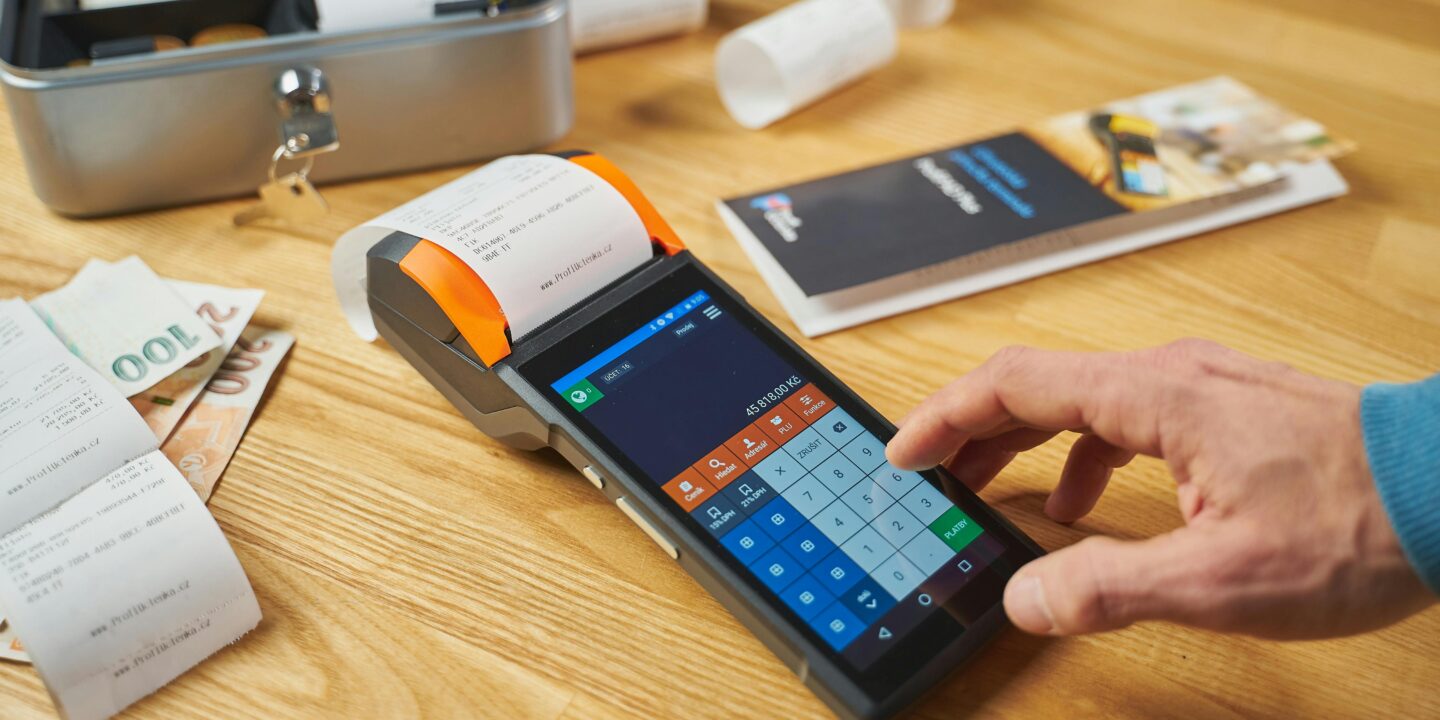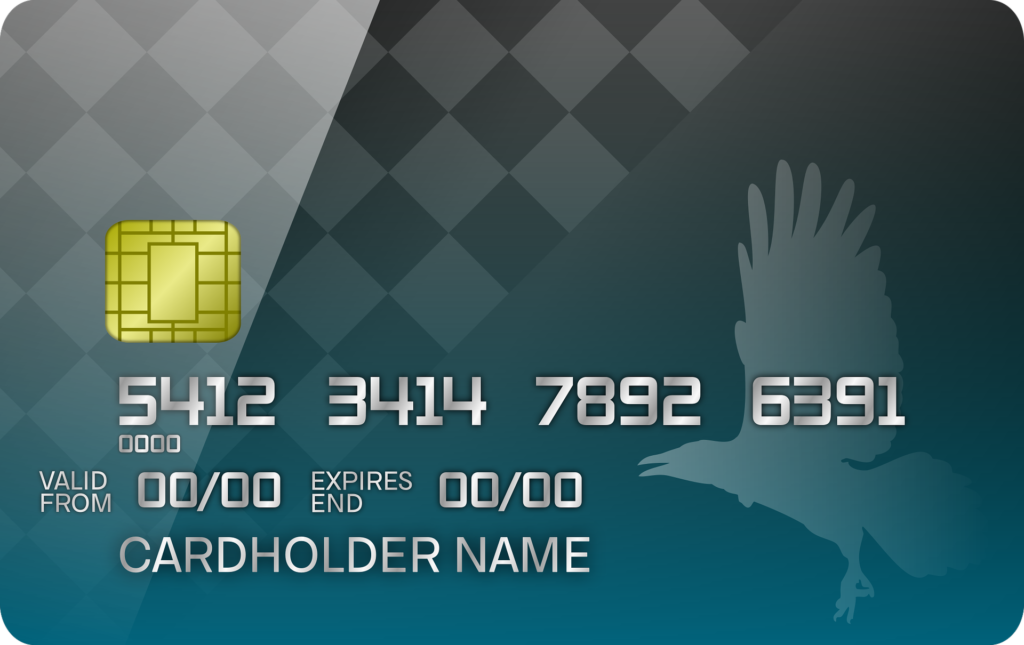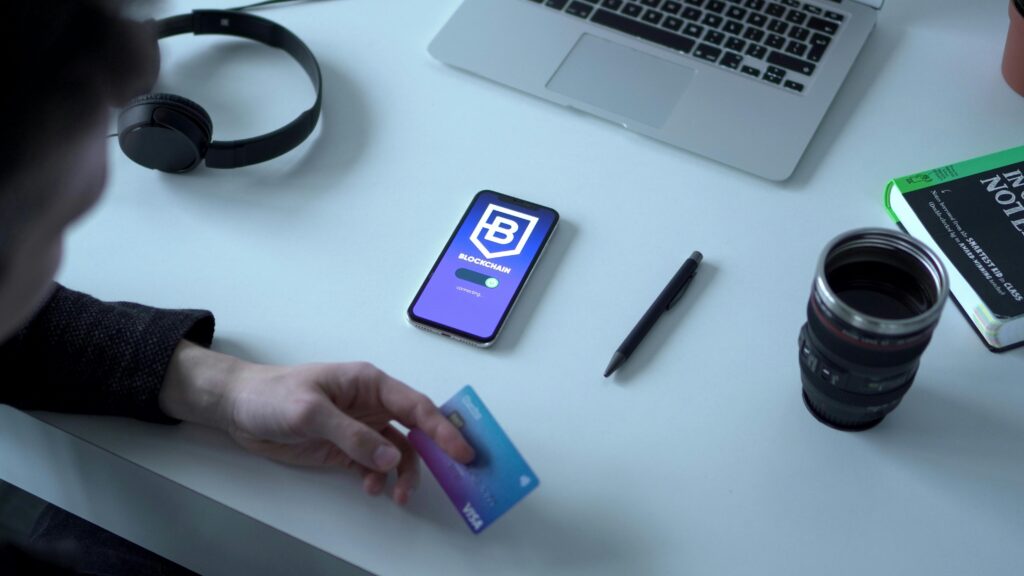

Virtual cards are revolutionizing the way people make payments and manage their finances in today’s digital age. Offering convenience, security, and flexibility, virtual cards have become increasingly popular for both personal and business use. In this comprehensive guide, we’ll delve into the world of virtual cards, exploring their features, benefits, and how they’re transforming the way we transact online.
What are virtual cards?
Virtual cards, also known as digital or e-cards, are digital representations of traditional payment cards, such as credit or debit cards. Unlike physical cards, virtual cards exist solely in electronic form and are typically issued by banks or financial institutions for online transactions.
How do virtual cards work?
When a user applies for a virtual card, they receive a unique card number, expiration date, and security code, just like a physical card. However, instead of receiving a plastic card in the mail, they access this information digitally through their bank’s website or mobile app. Users can then use the virtual card details to make purchases online, over the phone, or through mobile payment apps.
The Benefits of Virtual Cards:
Virtual cards offer a wide range of benefits that make them an attractive alternative to traditional payment methods:
Enhanced Security: Virtual cards are inherently more secure than physical cards because they are not susceptible to theft or loss. Since the card details are stored digitally and can be easily regenerated or deactivated, users have greater control over their card security.
Convenience: With virtual cards, users can make purchases online or over the phone without having to physically present a card. This is especially convenient for digital nomads, frequent travelers, and anyone who prefers to shop online.
Privacy Protection: Virtual cards provide an added layer of privacy since users can create unique card numbers for each transaction or vendor. This helps prevent fraudulent activity and protects sensitive financial information from being compromised.
Budgeting and Expense Management: Virtual cards are ideal for budgeting and expense tracking since users can set spending limits, restrict transactions to specific merchants or categories, and easily monitor their transaction history in real-time.
International Transactions: For users who frequently make purchases from international vendors or travel abroad, virtual cards offer competitive exchange rates and lower transaction fees compared to traditional payment methods.
Instant Issuance: In many cases, virtual cards can be issued instantly upon approval, allowing users to start making purchases immediately without waiting for a physical card to arrive in the mail.
Fraud Prevention: Virtual cards are equipped with advanced security features, such as tokenization and two-factor authentication, which help prevent unauthorized transactions and mitigate the risk of fraud.
How to Get Virtual Cards:

Obtaining a virtual card is a straightforward process that typically involves the following steps:
Choose a provider. Select a bank or financial institution that offers virtual card services. Many major banks and online payment platforms now offer virtual card options to their customers.
Apply Online: Complete an online application form through the provider’s website or mobile app. You may need to provide personal information, such as your name, address, and social security number, to verify your identity.
Receive Approval: Once your application is submitted, the provider will review your information and determine if you qualify for a virtual card. Approval times may vary depending on the provider and your creditworthiness.
Access Card Details: Upon approval, you will receive your virtual card details, including the card number, expiration date, and security code, through the provider’s online portal or mobile app.
Start Using Your Card: You can now use your virtual card to make purchases online, set up recurring payments, or add it to mobile payment apps for contactless transactions.
In today’s fast-paced world, the importance of virtual cards cannot be overstated. Here’s why they are becoming increasingly essential:

Global Accessibility: Virtual cards break down geographical barriers, allowing users to make purchases from anywhere in the world with ease. Whether you’re traveling abroad or shopping online from the comfort of your home, virtual cards ensure seamless transactions across borders.
Contactless Payments: With the rise of contactless payment technology, virtual cards offer a convenient and hygienic way to make transactions. Whether you’re tapping your phone at a checkout terminal or entering card details online, virtual cards eliminate the need for physical contact, promoting safety and cleanliness.
Expense Tracking: For individuals and businesses alike, keeping track of expenses is crucial for financial management. Virtual cards streamline this process by providing real-time transaction data that can be easily imported into budgeting software or accounting systems. This level of transparency and accuracy simplifies expense tracking and helps users stay within budget.
Fraud Prevention: Virtual cards are equipped with advanced security features that offer greater protection against fraud and unauthorized transactions. With features such as tokenization, encryption, and dynamic CVV codes, virtual cards are more secure than traditional payment methods, reducing the risk of identity theft and financial fraud.
Financial Control: Virtual cards empower users to take control of their finances by setting spending limits, restricting transactions to specific merchants or categories, and monitoring their spending habits in real-time. This level of control helps users make informed financial decisions and avoid overspending.
Eco-Friendly: In addition to their practical benefits, virtual cards also offer environmental advantages. By eliminating the need for physical plastic cards, virtual cards contribute to reducing plastic waste and minimizing the environmental footprint associated with traditional banking and payment methods.
Adaptability: As technology continues to evolve, so too do virtual cards. With ongoing advancements in security, convenience, and functionality, virtual cards are constantly adapting to meet the changing needs of consumers and businesses alike. This adaptability ensures that virtual cards will remain a relevant and valuable financial tool well into the future.
In summary, the importance of virtual cards lies in their ability to provide secure, convenient, and flexible payment solutions in an increasingly digital world. From global accessibility to expense tracking and fraud prevention, virtual cards offer a wide range of benefits that make them indispensable for modern-day financial management.
FAQs:
What is a virtual card?
An electronic replica of a real credit or debit card is called a virtual card. It has a unique card number, expiration date, and security code, but it exists only in electronic form and can be used for online and over-the-phone transactions.
How do virtual cards work?
Virtual cards work similarly to physical cards. When you make a purchase online, you enter the card details (number, expiration date, CVV) just as you would with a physical card. The transactions are processed through the same payment networks as traditional cards.
What are the benefits of using virtual cards?
- Enhanced security: Virtual cards reduce the risk of fraud because they can be used for a single transaction or have limited lifespans.
- Privacy protection: They help protect your primary card information from being exposed during online transactions.
- Convenience: Easily generated and managed through banking apps or online platforms.
- Control over spending: You can set spending limits and expiration dates for each virtual card.
How do I get a virtual card?
To get a virtual card:
- Check with your bank or card issuer: Many financial institutions offer virtual cards as a feature.
- Sign up: Enroll in the virtual card program through your bank’s app or website.
- Generate the card: Follow the instructions to create a virtual card with a unique number, expiration date, and security code.
Are virtual cards accepted everywhere?
Virtual cards are widely accepted for online and over-the-phone transactions. However, they may not be accepted for in-person purchases where a physical card is required, such as at ATMs or certain retail locations.
Can I use a virtual card for recurring payments?
Yes, virtual cards can be used for recurring payments, such as subscriptions and utilities. Some virtual card providers allow you to generate cards specifically for recurring transactions, ensuring ongoing security and control.
How do virtual cards enhance security?
Virtual cards enhance security by:
- Providing unique card details: Each virtual card has its own number, reducing the risk if one card is compromised.
- Setting usage limits: You can limit the amount and frequency of transactions, minimizing potential losses.
- Temporary availability: Many virtual cards can be set to expire after a single use or a specific period, reducing the window for fraudulent activity.
Can virtual cards be linked to my existing bank account?
Yes, virtual cards are typically linked to your existing bank account or credit card. They draw funds from the same source as your physical card, providing seamless integration with your current financial setup.
Are there any fees associated with virtual cards?
Fees for virtual cards vary by provider. Some banks and card issuers offer virtual cards for free, while others may charge a small fee for the service. It’s best to check with your financial institution for specific details.
If my virtual card is hacked, what should I do?
If your virtual card is compromised:
- Notify your bank or card issuer immediately: They can deactivate the compromised card and generate a new one.
- Monitor your account for unauthorized transactions: Report any suspicious activity to your bank.
- Update your payment information: For recurring payments, update the payment details with a new virtual card number.
How do I manage my virtual cards?
You can manage your virtual cards through your bank’s mobile app or online banking platform. Features typically include generating new cards, setting spending limits, viewing transaction history, and deactivating or deleting cards.
Can I use a virtual card for international transactions?
Yes, virtual cards can be used for international transactions, just like physical cards. However, be aware of any foreign transaction fees that may apply, and ensure that the merchant accepts your type of card.
What types of purchases are best suited for virtual cards?
Virtual cards are ideal for:
- Online shopping: Securely make purchases without exposing your primary card details.
- Subscription services: Use dedicated virtual cards for recurring payments.
- Trial offers: Create cards with spending limits to avoid unexpected charges after free trials.
- One-time purchases: Generate single-use cards for specific transactions.
Conclusion
Unlocking the power of virtual cards provides a modern, secure, and convenient way to manage your finances. As digital alternatives to physical cards, virtual cards offer enhanced security by reducing the risk of fraud and protecting your primary card information. They are easy to generate and manage through banking apps or online platforms, providing flexibility and control over your spending. Whether for online shopping, subscription services, or one-time purchases, virtual cards ensure that your financial transactions are safe and streamlined.
By integrating virtual cards into your financial routine, you can enjoy the benefits of added privacy, improved security measures, and the convenience of managing multiple cards for different purposes. As technology continues to evolve, virtual cards represent a significant advancement in how we handle transactions, making them an invaluable tool for anyone looking to enhance their financial security and efficiency. Embrace the future of digital payments with virtual cards and take control of your financial success.















